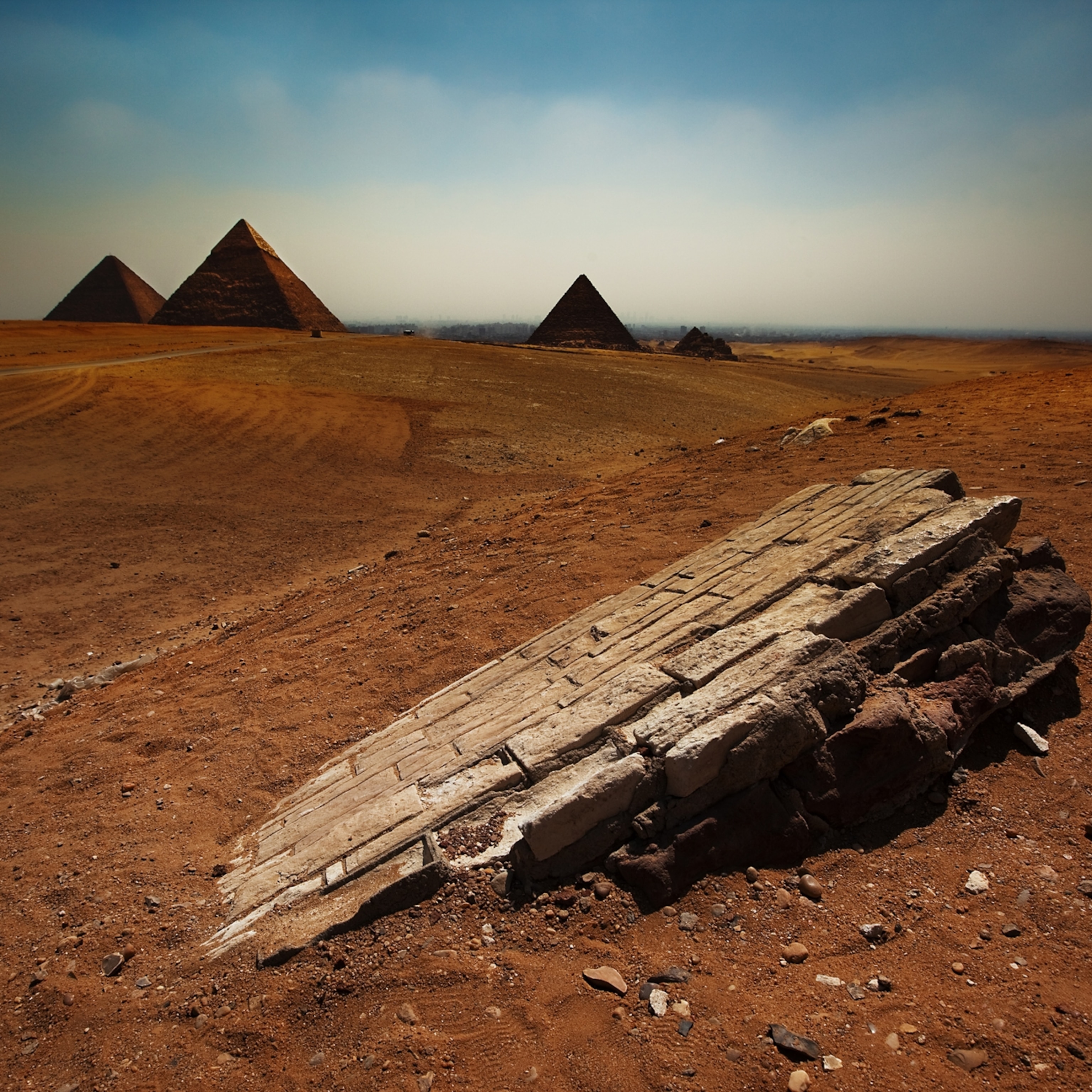
Rockies Mystery Solved by New Mountain-Creation Theory?
Study "challenges this idea that we understand what's going on," expert says.
A tough hunk of rock that may be under Wyoming could solve the mystery of how the Rocky Mountains formed, according to a new idea that explains why some mountain ranges exist farther inland than expected.
Normally mountains form close to coastlines, in places where oceanic plates dive—or subduct—under continental plates (get an overview of plate tectonics). But at about 620 miles (1,000 kilometers) inland, the North American Rockies (see map) are unexpectedly far east from the tectonic collision point.
The prevailing hypothesis for the Rockies' birth, called flat-slab subduction, says that the Pacific oceanic plate dove underneath the North American plate at an unusually shallow angle.
But about 70 million years ago, the diving plate mysteriously rose and started to scrape along the continent's underside, generating friction that pushed up the mountains.
Watch video of the flat-slab theory for making the Rockies.
The new theory doesn't rely on odd behavior by the lower plate. Instead the authors propose an entirely new mechanism for the Rockies' violent outburst based on the composition and shape of the upper plate.
Until now, no one has suggested that a continent's undersides could be the most important factor in causing mountains to appear, said study leader Craig Jones, a geologist at the University of Colorado at Boulder.
"We're adding a new wing to the menagerie," Jones said. "Not only can you affect how this works by changing the subducting slab, but by changing what's on top."
Rockies Born of Underground Suction?
The new paper, published in the February issue of the journal Geosphere, says that there could have been an especially thick, strong region of the lithosphere—the outer layer of Earth, including the crust and some mantle—under Wyoming.
This unusual landmass, a holdover from several billion years before, might have been up to 180 miles (300 kilometers) thick, providing a formidable obstacle to the oceanic plate's downward progress.
According to the new theory, the diving oceanic plate experienced a tight squeeze as it tried to push under Wyoming. This created suction, which stymied the flow of more fluid mantle rocks trapped between the two plates.
(Related: "Supercontinent Pangaea Pushed, Not Sucked, Into Place.")
The resulting tension pulled part of the oceanic plate higher in that area while yanking the continental plate downward, forming the Wyoming-Colorado Basin, the theory goes.
In this scenario, the continental plate can be thought of like a sheet of rubber topped with a layer of molasses—rock behaving something like a thick liquid over vast stretches of time—Jones said.
As the "rubber" was pulled down, Earth's molasses "topping" flowed into the depression, creating a thicker region of rock.
Compression in this region created faults deep underground, which then allowed rock layers to thrust upward, forming the Rocky Mountains. (Get travel tips for visiting Rocky Mountain National Park.)
By about 45 million years ago, the oceanic slab under North America relaxed into a more normal angle, with the leading edge descending toward Earth's core.
The notion that only part of the oceanic plate got pulled up by suction helps explain why the Colorado Plateau south of the Rockies appears relatively undisturbed, even though it was also riding atop the subducting plate.
The authors suggest the lithosphere under the plateau wasn't as thick, so it didn't interfere as much with the oceanic plate's progress.
Next Stop: The Andes
So far there's no solid evidence for an odd landmass under Wyoming. But the new hypothesis "sort of challenges this idea that we understand what's going on," said Basil Tikoff, a structural geologist at the University of Wisconsin in Madison who was not involved with the paper.
"The community thinks it knows that flat-slab subduction happened," he said. "But in fact, we don't."
If all it took to create the Rockies was the grinding of one plate against another, then we should see major, far-inland mountain ranges on most continents, he added. The fact that we don't seems to counter the flat-slab hypothesis, according to Tikoff.
"The only mechanism we have for features that look just like [the Rockies] is a collision," whether it be where subducting plates first meet or deeper and farther inland, as is being imagined in the new theory, he said.
(Related: "New Magma Layer Found Deep in Earth's Mantle?")
Mihai Ducea, a geoscientist at the University of Arizona, called the new research a "paradigm-shifting paper, something we've been waiting for a long time to explain most of the observations we have out here in the West."
In addition to the Rockies, the Colorado Mineral Belt—a swath of igneous rocks and precious metals reaching from southwest Colorado to Boulder—could have formed when the extraordinary tension from suction caused parts of the mantle to melt and rise to the surface.
In the flat-slab hypothesis, the mineral belt "was sort of written off as a fluke as to how the continent had been built, instead of a fundamental clue," study leader Jones said.
Ducea, who reviewed the paper before publication, said he'd like to apply the study to the Andes Mountains, which could turn out to be a "living laboratory" for testing the new hypothesis.
"It's the perfect equivalent to western North America, except younger," Ducea said. "Some of the things that we believe that have taken place here 70 million years ago are happening today beneath parts of central South America."







